Whooper Swans at Lake Kussharo, Hokkaido
10,000 Birds
APRIL 15, 2024
They are ridiculously unafraid of people there – so the cynic in me suspects that swan meat is not regarded as tasty by the Japanese (another explanation, that the Japanese just like animals too much, can presumably be discarded given the country’s very principled approach in insisting on the right to kill whales).

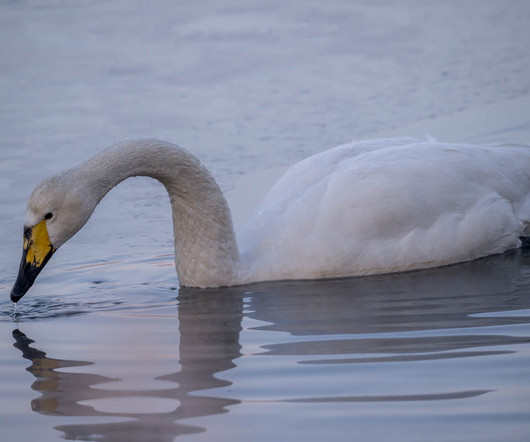



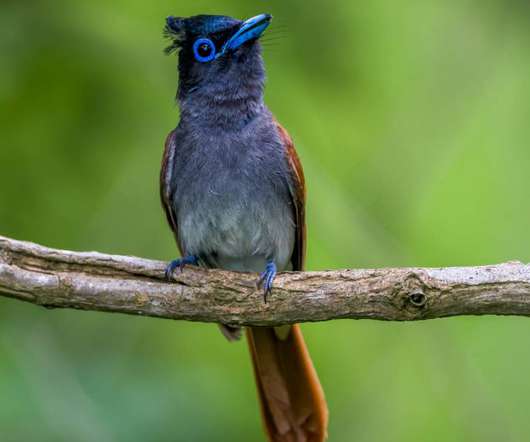

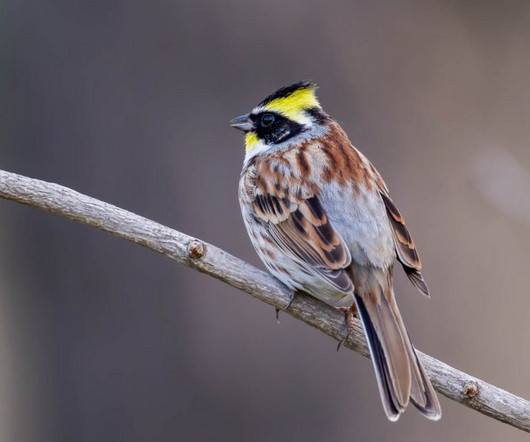





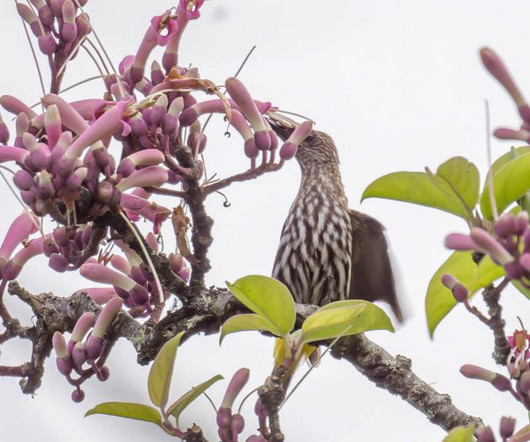
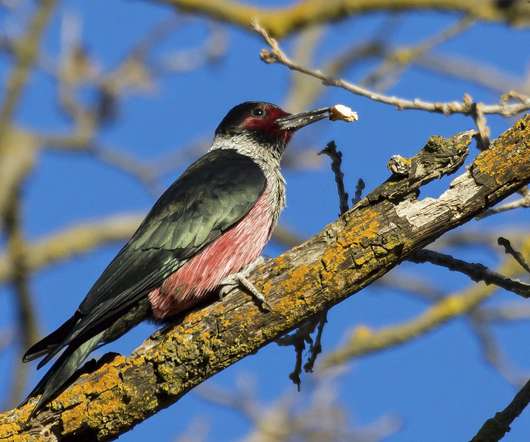




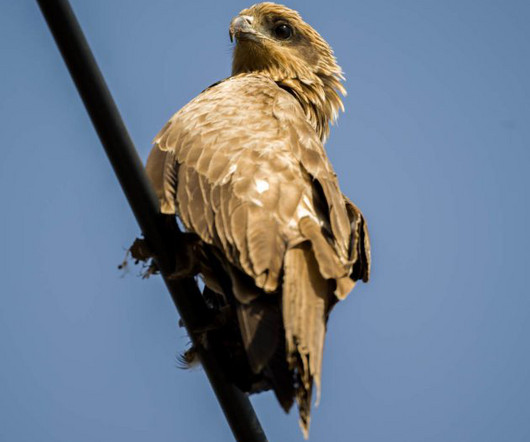

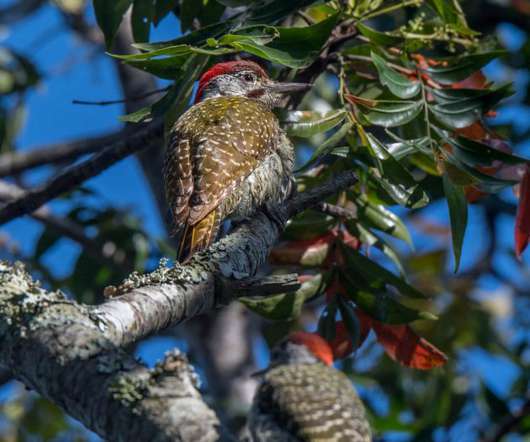
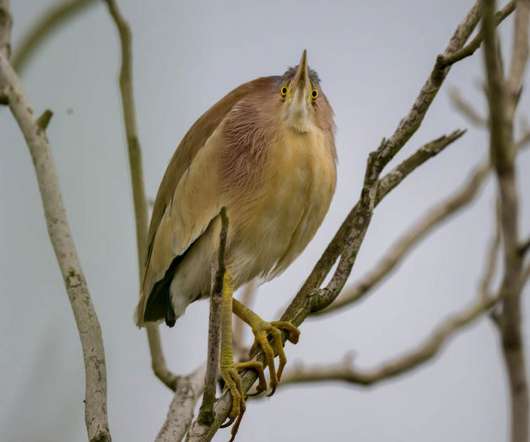
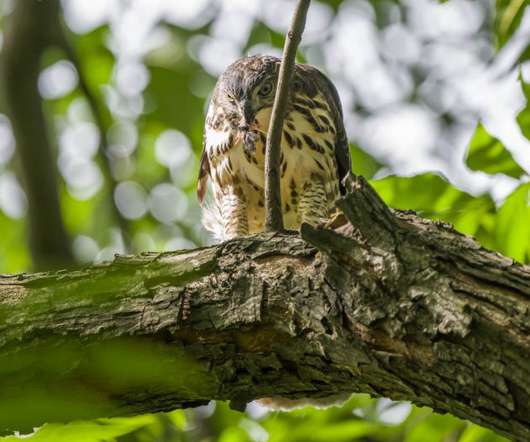






Let's personalize your content